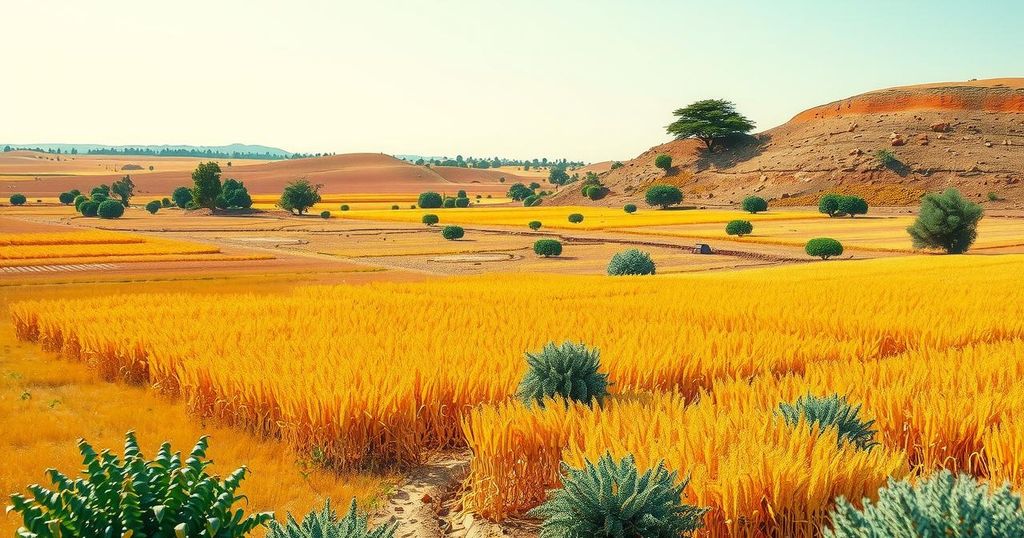Somalia’s Food Security Challenges: A Snapshot of 2025 Conditions
Somalia faces critical food security challenges due to decreased 2024 cereal production from adverse weather, pasture shortages in pastoral areas, and mixed cereal price trends. The situation is expected to worsen, with a projected increase in severe acute food insecurity affecting 4.6 million individuals between April and June 2025, driven by unfavorable weather, reduced humanitarian aid, and potential conflict-induced displacement.
The food security situation in Somalia has declined, primarily due to reduced cereal production in 2024 stemming from adverse weather conditions. The secondary deyr crop harvest was completed in February 2025, historically accounting for 40 percent of the country’s annual cereal output. However, the 2024 deyr rainy season brought below-average rainfall, impacting both germination and maturation of crops. The resulting cereal production is estimated at 127,000 tonnes, falling 18 percent below the previous five-year average.
In pastoral regions, the October-December 2024 deyr season also experienced significantly low rainfall, leading to a shortage of pasture and water resources. This scarcity negatively affects livestock health, conception rates, and milk production, with conditions expected to persist until the next rainy season in 2025.
Cereal prices displayed mixed trends in January 2025, influenced by the erratic harvests and weak market integration due to disruptions caused by insecurity. Prices of maize in Lower Shabelle witnessed a decline, while those in Qorioley remained stable. Sorghum prices similarly fluctuated between regions, contributing to varied local supply and demand dynamics.
The Integrated Food Security Phase Classification analysis in January 2025 indicated that approximately 3.4 million individuals were facing severe acute food insecurity. Projections for April to June 2025 suggest this number could rise to 4.6 million due to continued adverse weather forecasts, decreased humanitarian aid, and increased displacement driven by ongoing drought and conflict. Close monitoring and intervention remain critical for addressing these urgent food security challenges in Somalia.
In summary, Somalia’s food security is at significant risk due to diminished cereal production from unfavorable weather, exacerbated by pasture and water shortages in pastoral areas. Mixed market patterns for cereal prices further complicate the situation. As the population experiencing severe acute food insecurity is projected to escalate, it is imperative to monitor weather conditions and bolster humanitarian assistance to mitigate these challenges.
Original Source: reliefweb.int




Post Comment